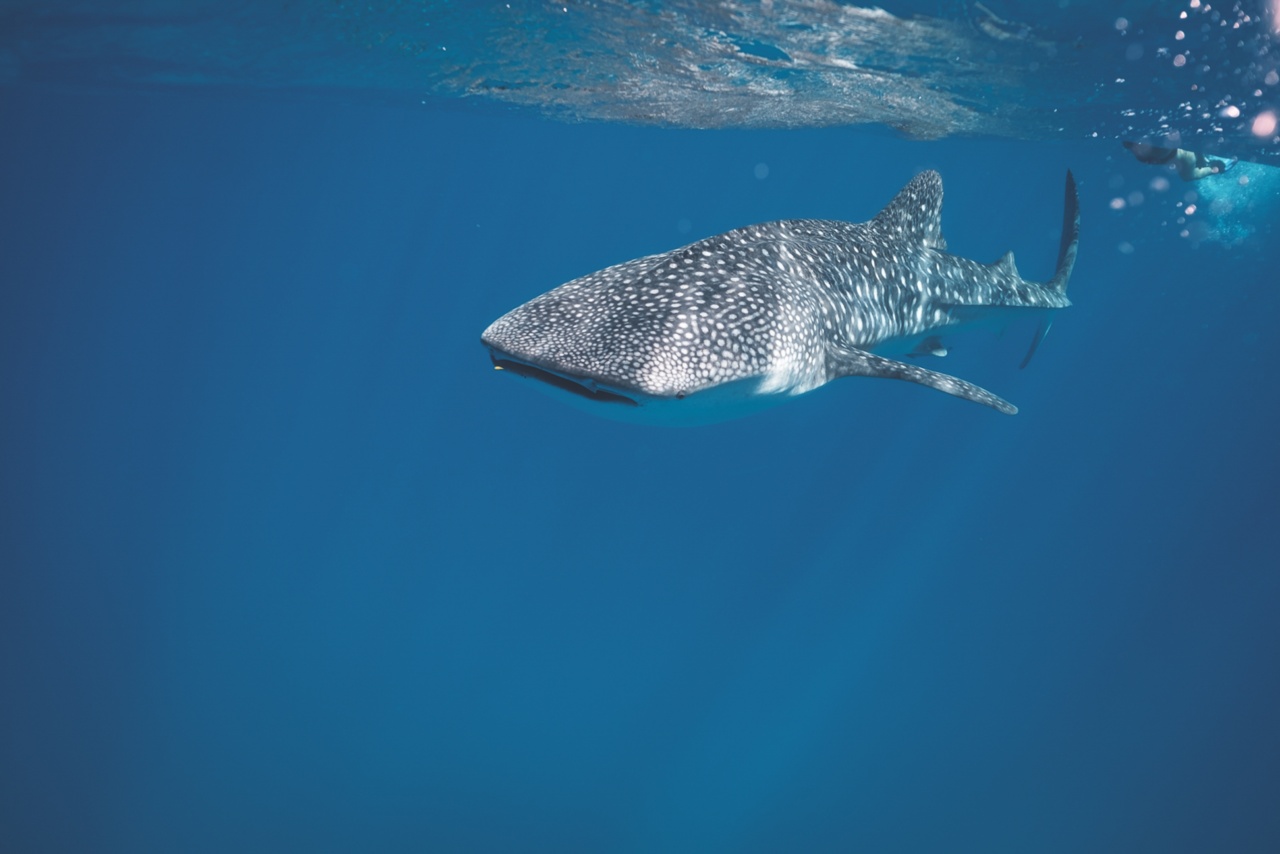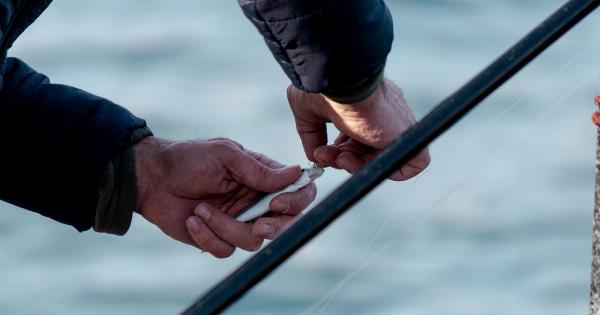Fish is a popular food worldwide, but the industry is plagued by a major issue: mislabeling. Mislabeling is the practice of labeling a different fish species than what is actually being sold.
It is a widespread problem that can pose serious health hazards to consumers, compromise sustainability efforts, and harm the environment. This article will discuss the dangers of mislabeling fish and what can be done to combat it.
What is Mislabeling?
Mislabeling is presenting a different species of fish than what is actually being sold, often in an attempt to increase profits and cut costs.
According to a study by Oceana, a nonprofit ocean conservation group, one in five fish sold in markets and restaurants is mislabeled. The study analyzed 25,000 samples from over 55 countries and found that 87% of fish sold as snapper were mislabeled, along with 59% of tuna and 44% of salmon.
Health Hazards of Mislabeling
Mislabeling can pose serious health hazards to consumers, as different fish species can contain different levels of mercury, Omega-3 acids, and other nutritional components.
For instance, escolar, a type of fish that is sometimes mislabeled as white tuna, contains high levels of a toxin that can cause severe digestive distress. Other examples include pangasius, a type of catfish, which is now commonly mislabeled as grouper or snapper. Pangasius is commonly farmed in Asia and exposed to antibiotics and other chemicals, which can pose a risk to human health if consumed.
Impact on Sustainable Fishing
Mislabeling can also compromise sustainability efforts and harm the environment. Sustainable fishing practices promote responsible fishing to protect fish populations, maintain ocean ecosystems, and support local fishing communities.
However, mislabeling disrupts the supply chain and makes it difficult for consumers to make informed choices that support sustainable fishing practices.
Repercussions for Fishermen
Mislabeling can have negative impacts on fishermen and their families who rely on fishing for their livelihoods.
When a fish is mislabeled, the true value of the fish is often not recognized, and the fishermen receive less than they deserved for their catch. This practice can also drive down the price of legitimate fish species and harm the local fishing industry.
Steps to Combat Mislabeling
There are several steps that can be taken to combat the issue of mislabeling, including:.
- Mandatory labeling requirements: Governments should require accurate labeling that includes the species name, country of origin, and other relevant information.
- Better regulation: The fishing industry needs stronger regulations and better enforcement to prevent mislabeling.
- Increase transparency: Restaurants and markets can be transparent about the source of their fish by providing information about suppliers and sustainability practices.
- Consumer awareness: Consumers can educate themselves about the issue of mislabeling and seek out responsible and sustainable seafood options.
The Bottom Line
Mislabeling fish is a significant issue that can pose health risks to consumers, compromise sustainability efforts, and harm the environment.
With better labeling requirements, stronger regulations, increased transparency, and consumer awareness, the industry can take steps to prevent mislabeling and promote responsible fishing practices.































